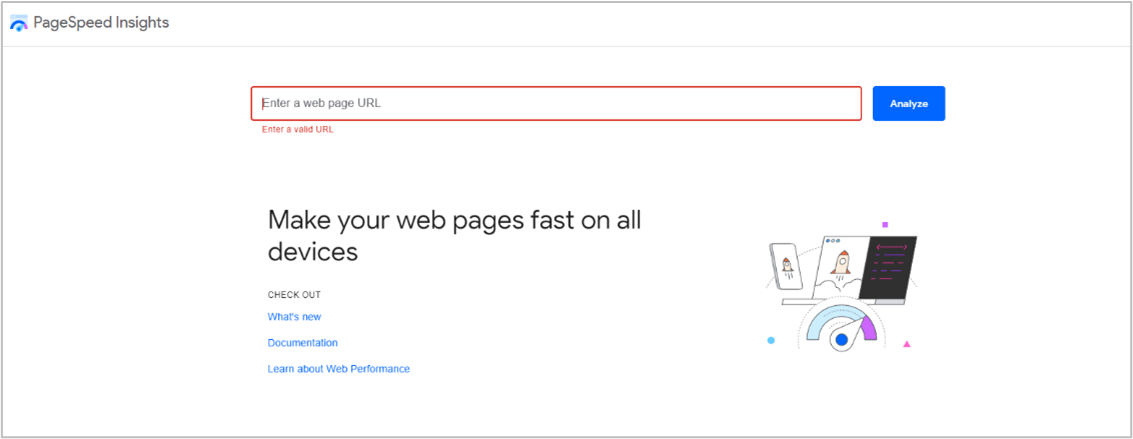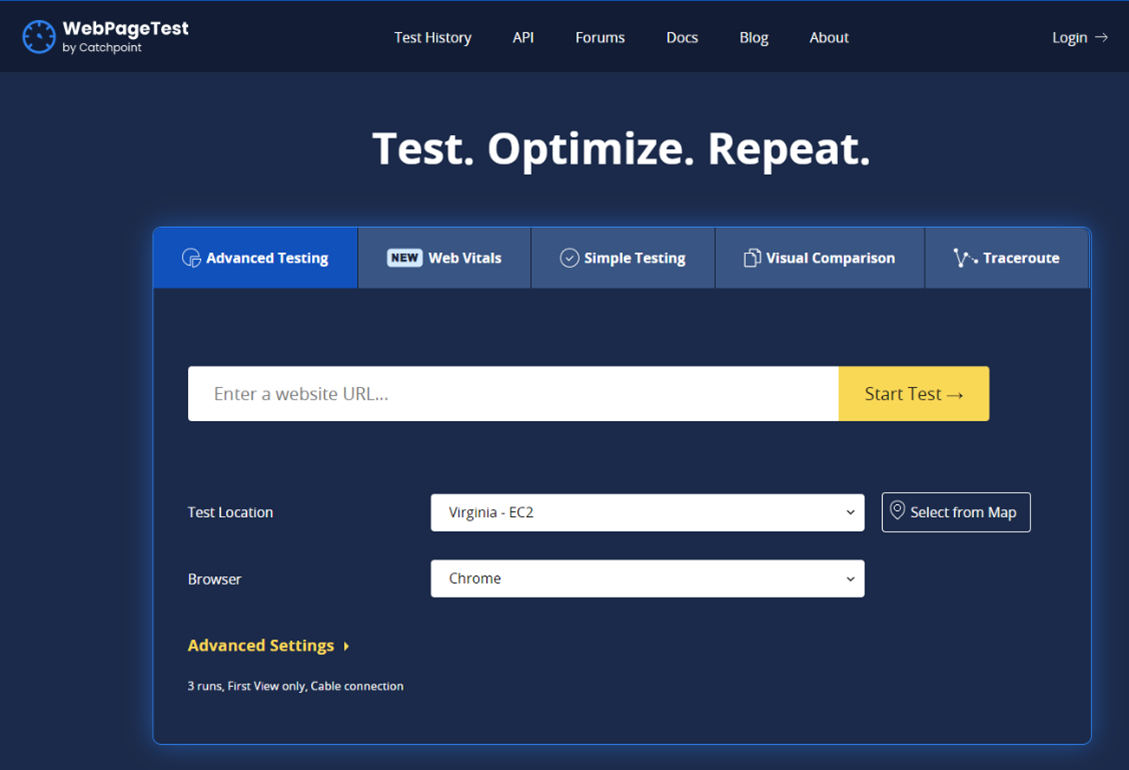
Having access to and understanding your websites performance metrics are essential to online marketing success. Where most folks run into trouble is knowing which metrics are important for determining how your site is performing and which ones really don’t matter in the long run.
Tracking website performance metrics gives you insight into the user experience and behaviors visitors are having on the pages across your company’s website.
Knowing site visitors’ actions and movements allow you to see if they’re following the path you mapped out for them. If the metrics show they’re not, you can adjust and optimize your pages as necessary to guide them through the site from home page to call-to-action to landing page and ultimately lead conversion.
Understanding your website’s metrics can also help you determine, diagnose and track if there is a need to reassess the effectiveness of your keywords, content strategy, online referral sources, paid ad campaigns and ultimately conversion rates.
The specific metrics you track are going to vary depending on your target audience, industry, and where your site visitors are in their buying journey. Below are five website performance metrics to track that are essential to knowing if your website marketing efforts are working.
# 1 - Website Speed
Website speed is more than just load time—although long load times can be deadly and easily identified in bounce rates. People’s attention spans are shortening, so beyond your site’s page download speed also be looking at:


#2 - Number of Website Page Assets
Website assets include things such as images, audio, video, script files, CSS files, HTML files, etc., all of which can affect page load performance. The more assets you include on a page the slower your page-load time. According to Hexomater, an online tool that will assess the size of your page assets, the maximum size of a individual image file on a webpage is 200 KB and the average web page size should be between 2-4MB.
#3 – Bounce Rate
Your bounce rate measures the number of site visitors who come to a page on your website, but immediately “bounce” off the site very quickly, sometimes so quickly, they are gone before the site even has a chance to properly load. Bounce rate can also be used to identify single page visits to a website. This can be due to a number of reasons, such as slow page load or poor onsite optimization. Since Google interprets a high bounce rate as an indicator that your website isn’t providing the information its search customers are looking for, it may negatively impact your website’s SEO.
Looking for ways to reduce your bounce rate? Here’s a good article.
#4 – Conversion Rate
Conversion rate is where the rubber meets the road between online marketing and sales. It tells you how many and what percentage of your site visitors are being converted into qualified leads and ultimately into customers. If your site has a high traffic rate, but a low conversion rate you should probably be revaluating the on-page conversion tactics you are using. Tracking and paying careful attention to your site’s conversion rate will provide key insight into the quality of your website leads as well as how effective your website is.
#5 Traffic Source
The website traffic source metric tells you which websites are referring the most traffic to your website. This is an important metric to understand because it allows you to know where your site’s visitors are coming from (e.g., paid search, organic search, email campaigns, social media, referral sites, etc.) Knowing from where people are finding your site will provide you with additional insights into how best to adjust your strategy to attract more relevant visitors to your website.
Depending on your online goals, the conversion rates you will get from the various types of traffic will differ. You will want to be sure of the kind of traffic to monitor and how to adapt your strategy to drive visitors.
If your goal is to optimize your website for better performance, you will want to start with your website's performance metrics. Doing so will:
By optimizing things like the number of assets and website speed, you will create a much more user-friendly experience which will encourage site visitors to spend more time on your pages and ultimately lead to more conversions and sales.
For questions about improving your website metrics and conversion rates, contact Jonathan Ebenstein at 440-772-0180 or email Jonathan.
These Stories on Website Design & Development
Have lingering questions after checking us out? We’re here to help! And don’t worry—we won’t go into sales-stalking mode. So please feel comfortable filling out the form below and take us up on our offer to help.
About Us
Our Work
Contact
Strategic 7 Marketing
6685 Beta Drive
Cleveland, OH 44143
440.772.0186